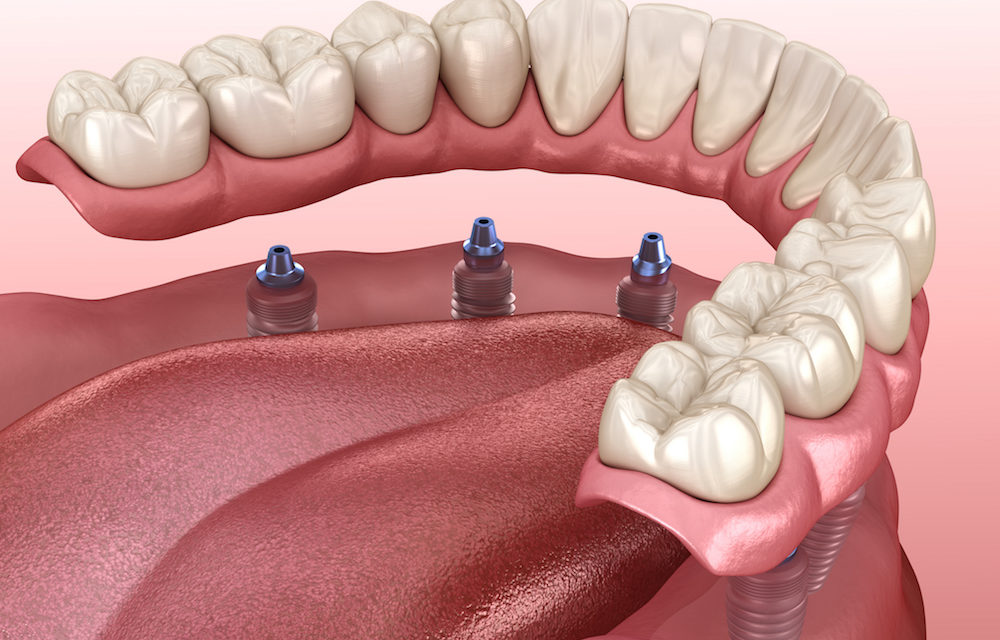Gum health is an important part of oral health, but it is sometimes overlooked. Even if you take great care of your teeth and gums, however, periodontal disease can still affect you.
Gums that have receded due to inflammation and bacterial infection not only change the look of your smile, but receding gums can also cause sensitivity, which makes it even more difficult to keep up with good oral hygiene.
A gum graft is used to reverse the unwanted effects of receding gums, restoring them to good health. The right preparation, recovery, and of course the skills of the oral surgeon can all combine to create a successful result.
What is Gum Recession?
Gums are the natural barrier that protects nerves and bone from the outside elements. Aging, brushing too hard, and gum disease can each cause gum tissue to erode or recede, leaving sensitive tooth roots exposed.
Many adults experience gum recession. It often starts so slowly that it’s difficult to notice until symptoms of pain and sensitivity appear.
Regular dental check-ups, teeth cleanings, and good oral health practices that include proper brushing and flossing help to prevent or delay the effects of receding gums.
What to Expect from Gum Graft Surgery
There are three different types of gum grafting procedures. After consultation, your doctor will decide which technique will provide the best results for your individual needs. The techniques are:
- Connective tissue grafts
- Free gingival grafts
- Pedicle grafts
Once the surgical plan has been made, there is little for a patient to do to prepare. No special diets or medications are necessary pre-surgery. You will need to arrange a ride to and from the surgical office, however, since anesthesia and post-operative medications will make it unsafe for you to drive.
The dentist will use local anesthesia to numb the area. Some patients will also receive general anesthesia. This decision is up to you and your dentist.
The gum grafting procedure doesn’t take long to complete. Once the grafts have been secured with sutures, the dentist will ask you to rinse your mouth with an antibacterial mouthwash. You may be required to stay in the office for up to two hours after the surgery so that the dentist can monitor the graft.
Recovering from Gum Graft Surgery
Following post-op instructions is crucial to the overall success of your procedure. Your dentist will provide complete care instructions to help avoid any complications. If you are prescribed pain medications and antibiotics, make sure to take the medication as directed.
A soft diet is recommended for the first two weeks after surgery. Foods such as yogurt, well-cooked vegetables, scrambled or boiled eggs, ice cream, gelatin, and cottage cheese are especially helpful. All hard or hot foods should be avoided, as they could irritate or burn the new graft.
Instead of brushing or flossing, your periodontist will recommend the use of an antimicrobial mouthwash. Normal brushing can usually resume after the two-week post-op checkup.
If you have questions before or after the gum grafting procedure, don’t hesitate to contact your friendly periodontist here at Glendale Periodontics.
Gum grafting is an effective method for restoring a youthful smile and improving your oral health for many years to come. If you’re ready to take the next step, reach out to our team today.


